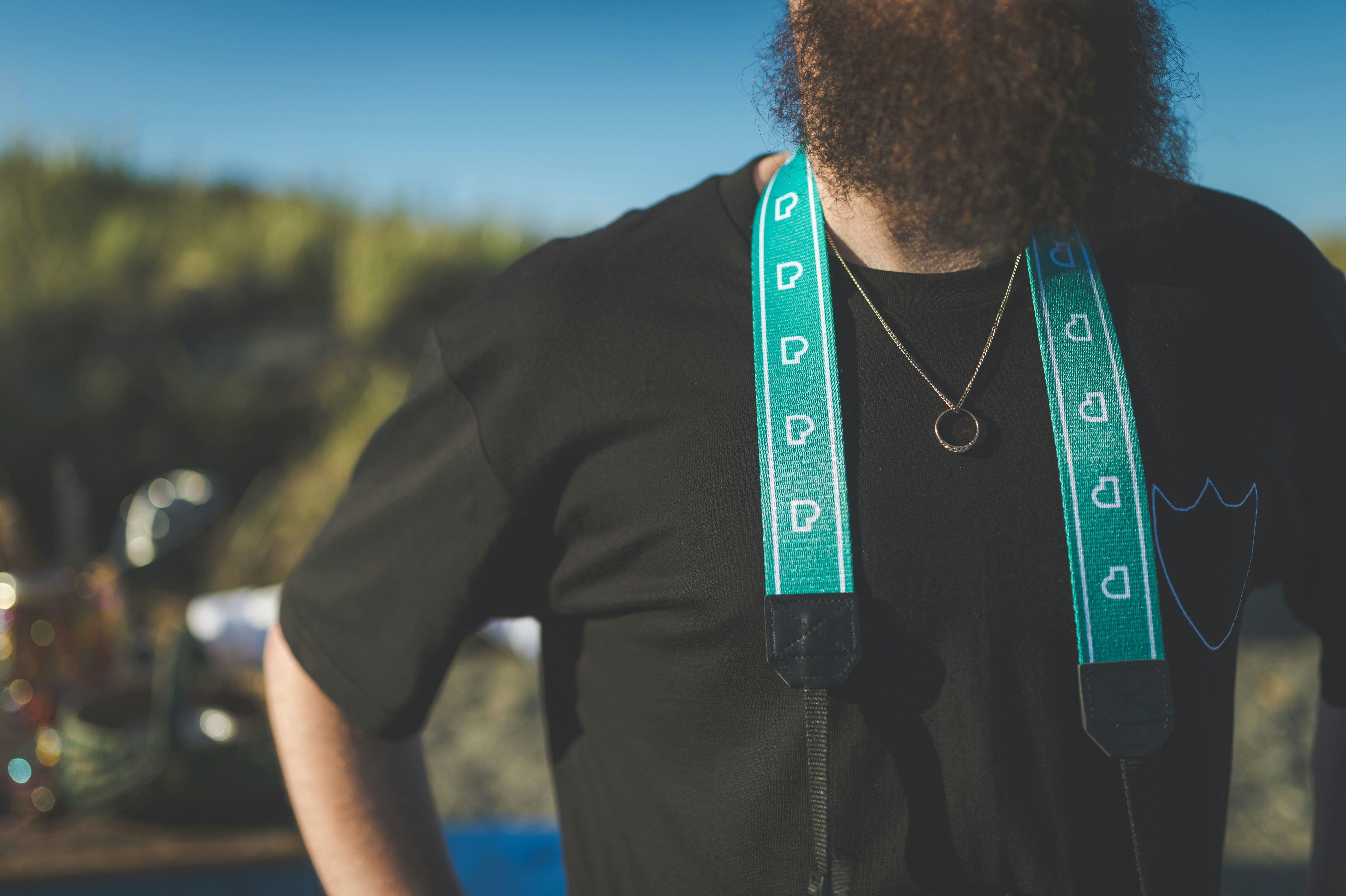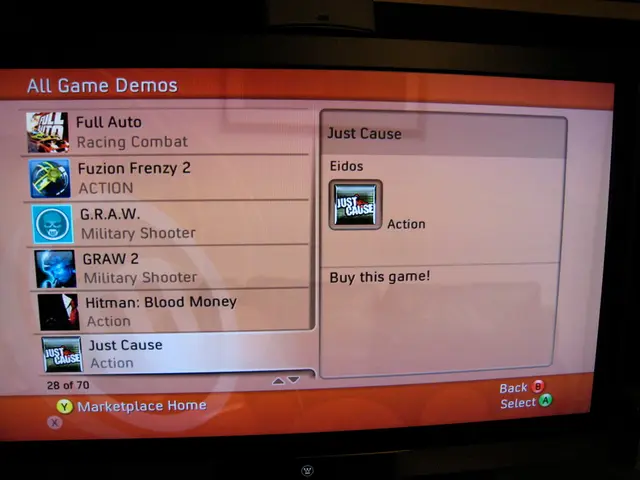Unleashing the Tangy Mango Storm: Pulse Candy's Revolution in India's Confectionery Market
The Unassuming Re 1 Candy Secures a Grip Over a Rs 6,000 Crore Market
Despite a long history of candy being a casual currency or schoolyard birthday treat, the Indian confectionery scene has always been a stronghold for established brands like Cadbury and Parle. All that changed in 2015 when DS Group’s Pulse candy stormed onto the scene, turning the Rs 6,000 crore market on its head. This unusual disruption was a hard-boiled candy infused with a tantalizing spiced core, offering more than just consumer curiosity—it reshaped the competitive landscape.
The seeds of Pulse were sown in 2013 after two years of intense research and formulation. DS Group recognized the cultural prominence and widespread popularity of raw mango, a flavor beloved across regions, often partnered with salt and spices. They built their proposition on this insight: a 4-gram candy boasting a raw mango shell and a spicy, zesty core. In a market where most candies retailed for Rs 0.50 and weighed 2-2.5 grams, Pulse arrived with a heftier price tag of Re 1, positioning itself as a distinctive value proposition in an otherwise cookie-cutter market.
Testing the waters began in 2015 through a trial run in Rajasthan, Gujarat, and Delhi— regions known for their appreciation of tangy flavors. The frenzy exceeded DS Group's expectations. Advertising-free and devoid of celebrity endorsements, Pulse gained momentum through word-of-mouth, igniting widespread curiosity. The product's citrusy twist, combining saccharine sweetness with savory spices, proved to be a winning combination, driving repeated purchases and referrals. Initial demand outpaced DS Group's production capabilities, and the product expanded swiftly across India within months.
Pulse’s meteoric growth was nothing short of impressive. In half a year, it garnered Rs 50 crore in revenue, doubling that figure to Rs 100 crore just two additional months later. The first full year closed with Rs 150 crore, and by the end of the second year, Pulse had hit the Rs 300 crore mark. By FY 2023-24, DS Group’s confectionery division, which includes Pulse and its extensions, reported an annual turnover exceeding Rs 1,000 crore.
Pulse not only altered consumer behavior but also reshaped market expectations. In a market where purchases were primarily flavor-driven, Pulse spurred brand recall potent enough for consumers to ask for it by name, usually as the "Pulse wali candy." Its success resonated, hitting closest to home for Parle’s Mango Bite, a long-time favorite in the raw mango-flavored hard-boiled candy category. Although both candies shared similar flavor cues, Pulse's innovative spicy core and affordable price of Re 1 reframed consumer expectations. Despite being priced at Rs 0.50, Mango Bite still managed respectable sales over Rs 100 crore. However, Pulse's edge in ingenuity and unique experience helped it sell over 150 crore units in its first year, ultimately dethroning Mango Bite to become the market leader in the HBC category.
Other segments were not spared either. Eclairs, a popular chocolate-flavored soft toffee, didn't directly compete with Pulse but felt its echoes. In 2015, while the HBC category saw a torrid pace of 23-24% year-on-year growth, the Eclairs and soft toffee segment registered modest single-digit growth. Industry analysts attributed this stagnation not just to shifting consumer attention but also to a lack of innovation within the chocolate candy realm. Pulse demonstrated that value-conscious consumers were willing to spend double for a distinctive flavor adventure, exposing a larger truth: novelty, form factor, and surprise now underpinned purchasing decisions.
The competition wasn’t blind to Pulse's achievements. Other players in the hard-boiled candy (HBC) segment, such as Parle (Mango Bite), Perfetti Van Melle (Alpenliebe), and ITC (Candyman), responded with their own tangy-flavored variants, replicating Pulse’s spiced core or liquid-filled centers. A plethora of “me-too” products at the Re 1 price point solidified Pulse’s repositioning of the segment. DS Group’s well-oiled distribution network, bolstered by its existing legacy brands in tobacco and mouth fresheners, additionally provided logistical advantages, particularly in smaller towns and rural areas.
Although Pulse’s early success was largely organic, DS Group eventually rolled out formal marketing campaigns, including the widely circulated "Pran Jaye Par Pulse Na Jaye" (Life may go, but not Pulse) tagline. The product range expanded to incorporate flavors such as Guava, Orange, Pineapple, and Litchi, along with newer variants like Pulse Shots and Pulse Golmol. Marketing strategies evolved to include collaborations with influencers and digital campaigns, particularly targeting the Gen Z demographic.
By FY 2016-17, Pulse had become the market leader in the HBC category with over 15% market share, disrupting the complacent sugary landscape of India's confectionery market.
- The disruption in India's confectionery market, initiated by Pulse candy, led to a significant change in the Rs 6,000 crore industry.
- Pulse's unique selling proposition, a raw mango flavored hard candy with a spicy core, challenged traditional candy offerings and reshaped consumer preferences.
- The finance sector took notice of Pulse's success, as the product generated over Rs 1,000 crore in annual turnover for DS Group by FY 2023-24.
- The influence of Pulse extended beyond the confectionery industry, as other market segments like food-and-drink and business (soft toffee and chocolate candy) began to focus on innovation and unique flavors in response to changing consumer taste and lifestyle preferences.







